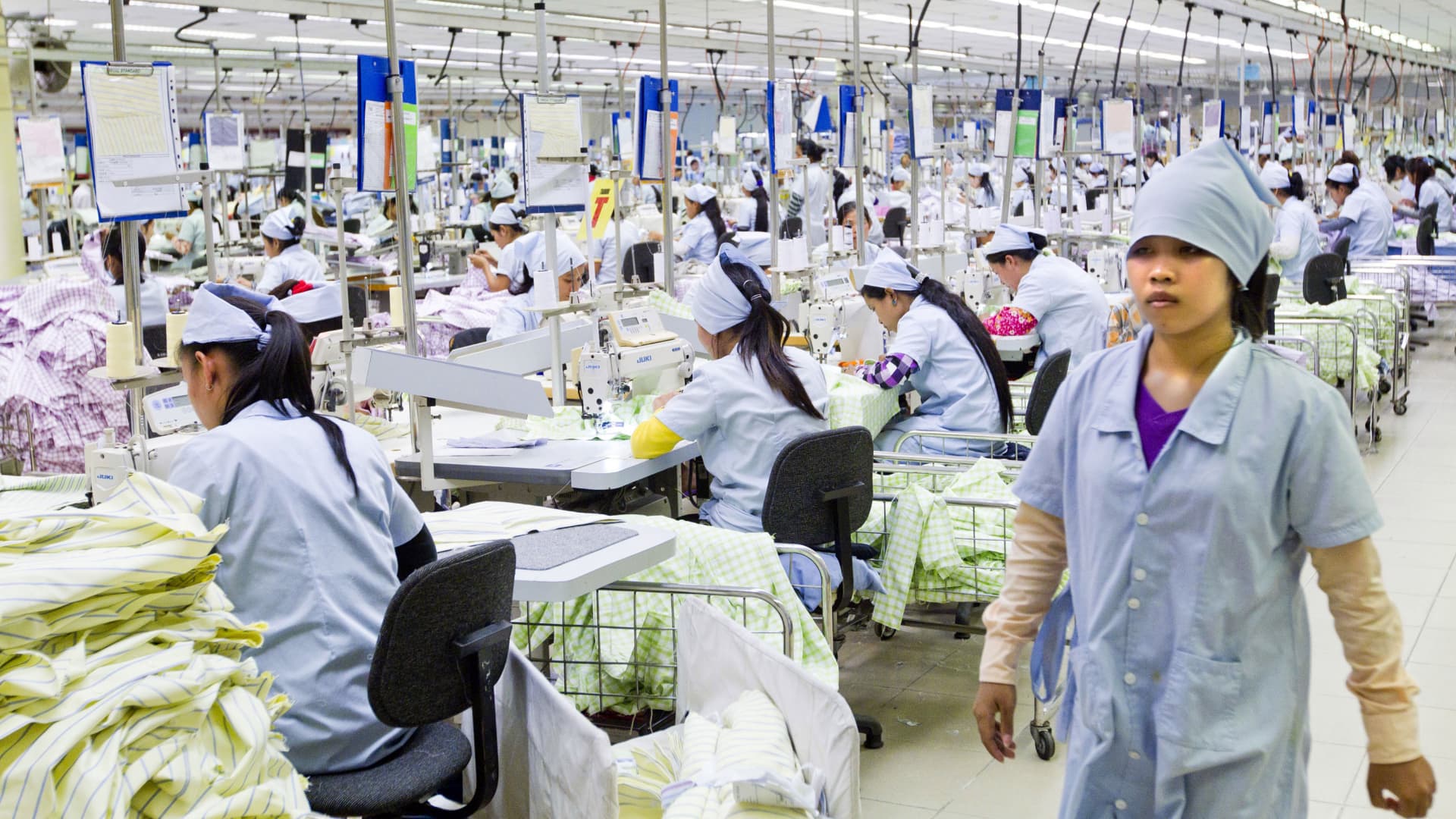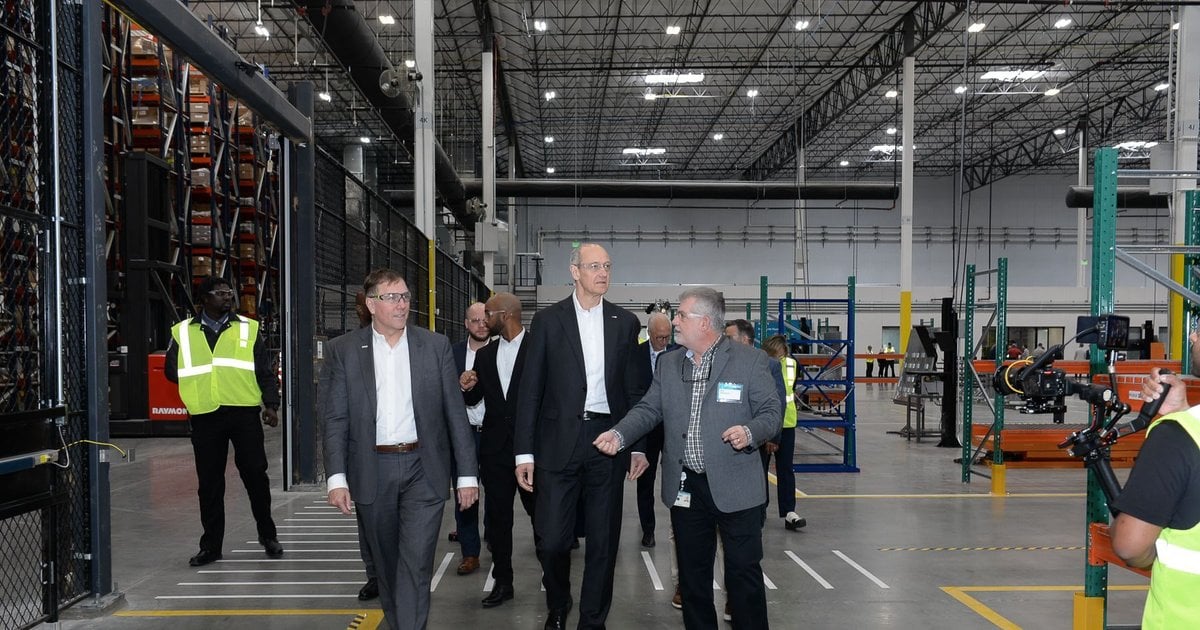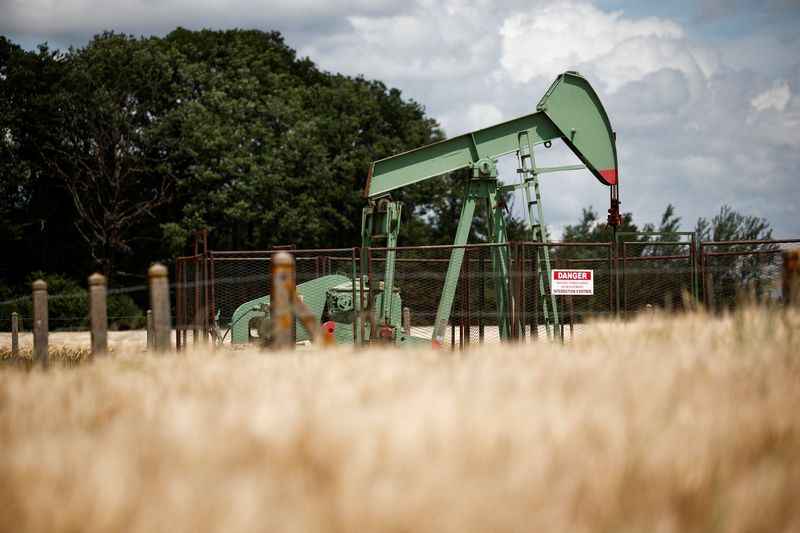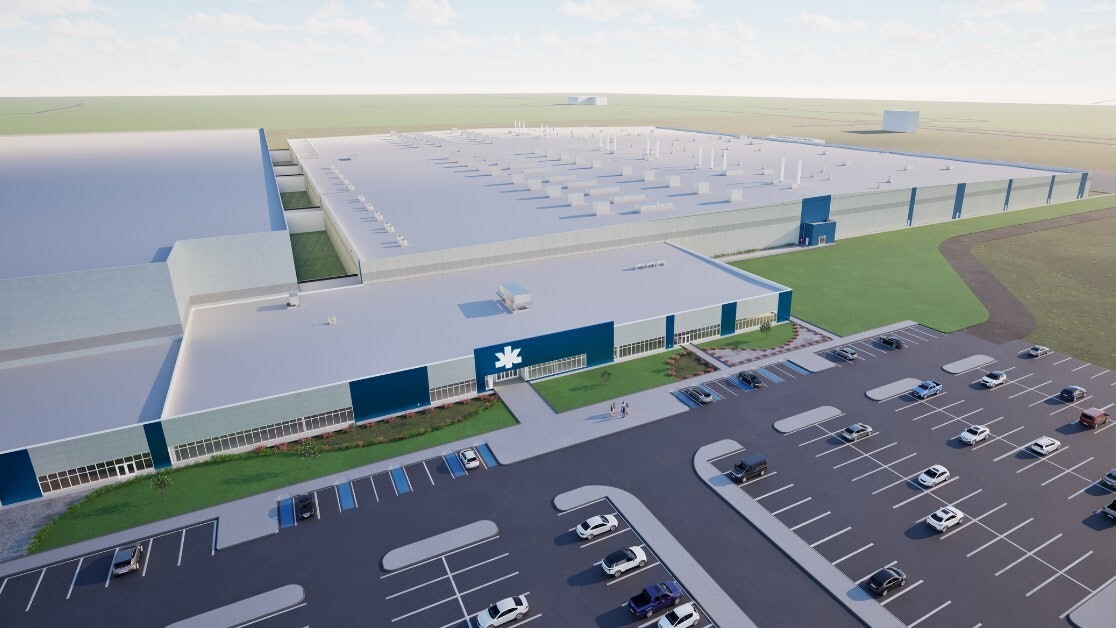Tariff Tsunami: Cambodia Slammed with Maximum Trump Levy, but U.S. Manufacturing Revival Remains a Mirage
Manufacturing
2025-04-08 12:07:17Content

The global retail landscape is facing significant challenges as Cambodian manufacturing facilities grapple with a steep 49% tariff imposed by the Trump administration. Despite the punitive trade measures, industry experts predict that a wholesale return of manufacturing to the United States remains unlikely.
Trade associations are emphasizing that the complex global supply chains and cost structures make an immediate reshoring of production unrealistic. Cambodian factories have long been critical suppliers for numerous retailers, offering competitive pricing and established manufacturing capabilities that cannot be quickly replicated domestically.
The substantial tariff rate threatens to disrupt existing supply networks, potentially increasing costs for consumers while creating economic pressure on both Cambodian manufacturers and American retailers. However, the intricate nature of international manufacturing means that rapid, large-scale relocation of production remains a formidable challenge.
Industry leaders argue that while trade policies may shift, the economic realities of global manufacturing—including labor costs, infrastructure, and specialized skills—will continue to shape where and how products are made in the foreseeable future.
Trade Tensions Unravel: The Hidden Impact of Tariffs on Global Manufacturing Landscapes
In the intricate world of international trade, geopolitical decisions can send seismic waves through global supply chains, fundamentally reshaping economic relationships and industrial strategies. The recent implementation of punitive tariffs represents more than just a financial maneuver—it's a complex chess game with far-reaching consequences for manufacturers, retailers, and consumers alike.When Protectionist Policies Collide with Global Economic Realities
The Cambodian Manufacturing Ecosystem
Cambodia's textile and manufacturing sector has emerged as a critical node in the global production network, strategically positioned to serve international retail markets. The country's industrial infrastructure has been meticulously developed over decades, leveraging competitive labor costs and sophisticated manufacturing capabilities. Unlike simplistic narratives of low-cost production, Cambodian factories represent a nuanced ecosystem of skilled workers, advanced technological integration, and complex supply chain dynamics. Multinational corporations have invested substantial resources in establishing robust manufacturing partnerships within Cambodia, creating intricate networks that cannot be dismantled through punitive tariff mechanisms. These relationships transcend mere economic transactions, embodying sophisticated collaborative frameworks that have been carefully cultivated over years of strategic engagement.Tariff Implications and Economic Recalibration
The imposition of a 49% tariff rate represents a significant disruption to established trade patterns. Such a dramatic fiscal intervention creates immediate economic turbulence, forcing manufacturers and retailers to rapidly reassess their sourcing strategies. However, the notion of instantaneous manufacturing repatriation to the United States remains fundamentally unrealistic. Comprehensive industrial repatriation requires extensive infrastructure investments, workforce retraining, technological retooling, and substantial capital expenditure. The complex calculus of global manufacturing cannot be simplified into binary policy decisions. Sophisticated supply chain architectures demand nuanced, strategic approaches that balance economic efficiency, geopolitical considerations, and long-term sustainability.Global Supply Chain Resilience
Contemporary manufacturing ecosystems have evolved beyond traditional geographical constraints. The interconnected nature of global production networks means that tariff interventions trigger cascading adaptations across multiple economic domains. Manufacturers are not passive recipients of policy changes but active strategists capable of implementing sophisticated mitigation strategies. Emerging trends indicate that companies are increasingly developing flexible, distributed manufacturing models. These adaptive frameworks allow rapid reconfiguration in response to geopolitical disruptions, demonstrating remarkable resilience and strategic agility. The ability to quickly reallocate production resources across different geographical contexts has become a critical competitive advantage in the modern global economy.Economic and Geopolitical Complexity
The tariff landscape represents a multidimensional challenge that extends far beyond simple economic calculations. Geopolitical relationships, technological capabilities, labor market dynamics, and strategic national interests intersect in complex, often unpredictable ways. Policymakers must navigate these intricate terrains with sophisticated understanding and nuanced approaches. The potential consequences of aggressive tariff strategies extend well beyond immediate economic metrics. They can fundamentally alter international diplomatic relationships, disrupt established trade networks, and create long-term structural transformations in global manufacturing ecosystems. The ripple effects of such interventions are profound and multifaceted, requiring comprehensive, strategic analysis.Future Outlook and Strategic Adaptations
As global economic landscapes continue to evolve, manufacturers and policymakers must embrace adaptive, forward-looking strategies. The most successful approaches will prioritize flexibility, technological innovation, and sophisticated understanding of complex interdependencies. Traditional protectionist models are increasingly obsolete in an interconnected, rapidly changing global economic environment. Emerging technologies, such as advanced robotics, artificial intelligence, and distributed manufacturing platforms, are reshaping traditional industrial paradigms. These innovations offer unprecedented opportunities for reimagining production strategies, creating more resilient, efficient, and adaptable manufacturing ecosystems that transcend traditional geographical limitations.RELATED NEWS
Manufacturing

Nvidia's Profit Powerhouse: How Tech's Efficiency Champion Dominates Global Rankings
2025-04-25 21:03:31
Manufacturing

High-Tech Haven: Unveiling Wilmington's Cutting-Edge Computer Manufacturing Hub
2025-02-26 10:06:32
Manufacturing

Breaking Tradition: Sukup Manufacturing Taps Tom Mangan as First Outside CEO in Company History
2025-03-31 21:37:06





